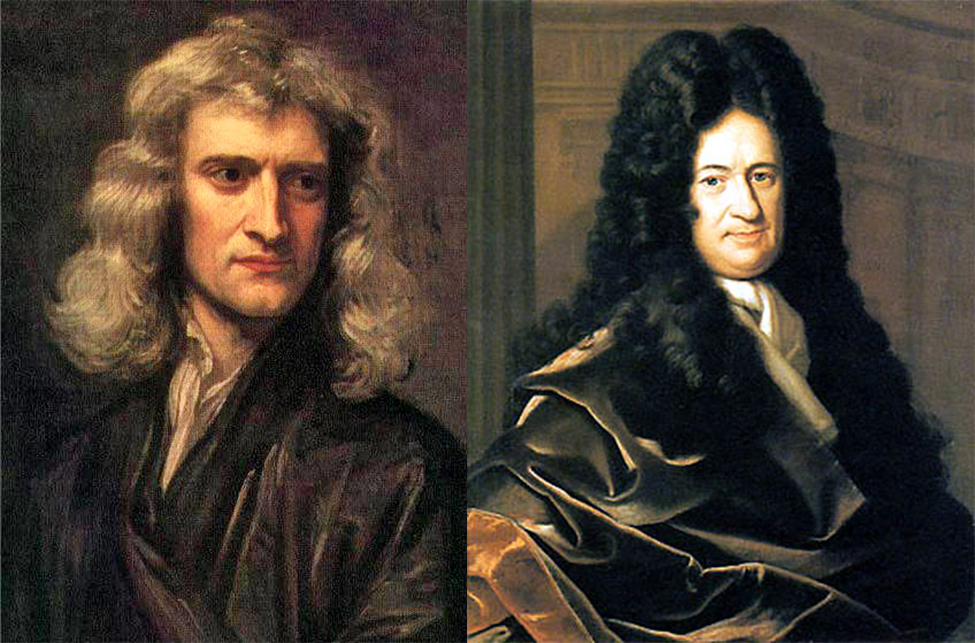| << Chapter < Page | Chapter >> Page > |
Now that we have both a conceptual understanding of a limit and the practical ability to compute limits, we have established the foundation for our study of calculus, the branch of mathematics in which we compute derivatives and integrals. Most mathematicians and historians agree that calculus was developed independently by the Englishman Isaac Newton and the German Gottfried Leibniz whose images appear in [link] . When we credit Newton and Leibniz with developing calculus, we are really referring to the fact that Newton and Leibniz were the first to understand the relationship between the derivative and the integral. Both mathematicians benefited from the work of predecessors, such as Barrow, Fermat, and Cavalieri. The initial relationship between the two mathematicians appears to have been amicable; however, in later years a bitter controversy erupted over whose work took precedence. Although it seems likely that Newton did, indeed, arrive at the ideas behind calculus first, we are indebted to Leibniz for the notation that we commonly use today.

We begin our study of calculus by revisiting the notion of secant lines and tangent lines. Recall that we used the slope of a secant line to a function at a point to estimate the rate of change, or the rate at which one variable changes in relation to another variable. We can obtain the slope of the secant by choosing a value of near and drawing a line through the points and as shown in [link] . The slope of this line is given by an equation in the form of a difference quotient:
We can also calculate the slope of a secant line to a function at a value a by using this equation and replacing with where is a value close to We can then calculate the slope of the line through the points and In this case, we find the secant line has a slope given by the following difference quotient with increment
Let be a function defined on an interval containing If is in then
is a difference quotient .
Also, if is chosen so that is in then
is a difference quotient with increment
View several Java applets on the development of the derivative.
These two expressions for calculating the slope of a secant line are illustrated in [link] . We will see that each of these two methods for finding the slope of a secant line is of value. Depending on the setting, we can choose one or the other. The primary consideration in our choice usually depends on ease of calculation.

Notification Switch
Would you like to follow the 'Calculus volume 1' conversation and receive update notifications?